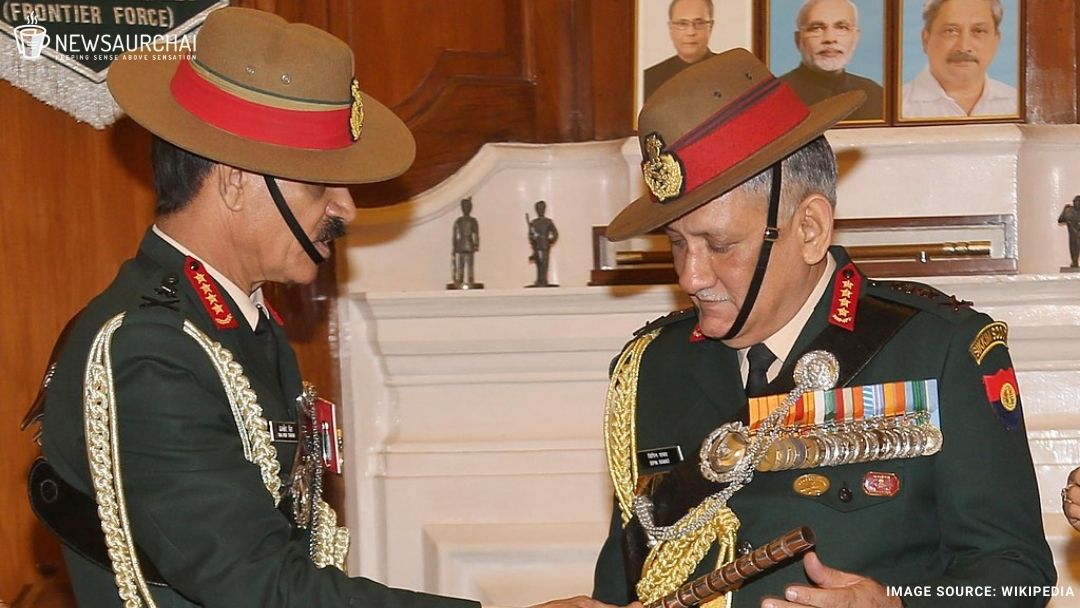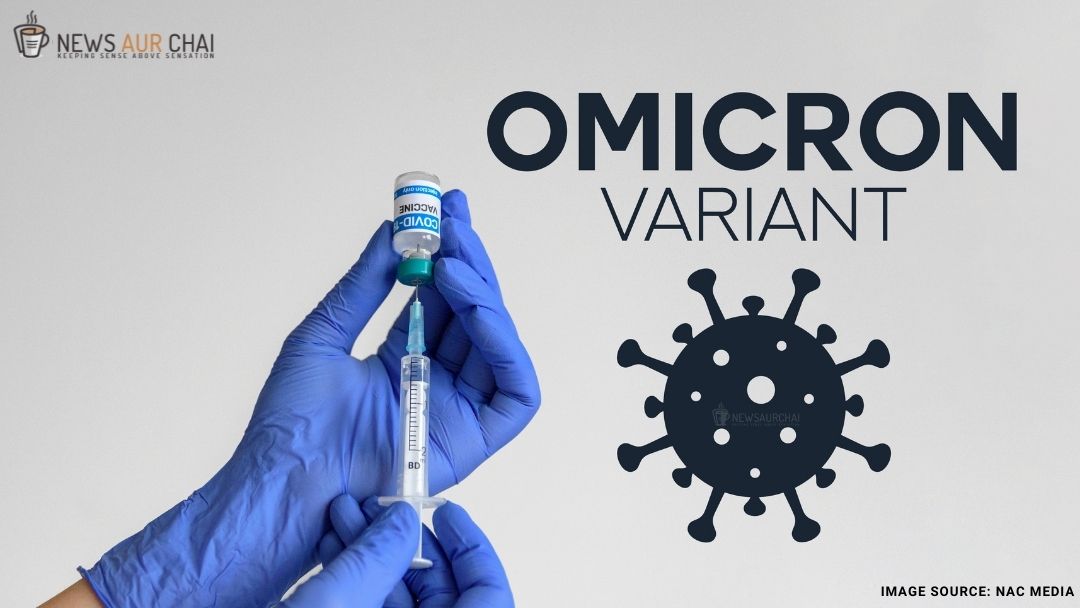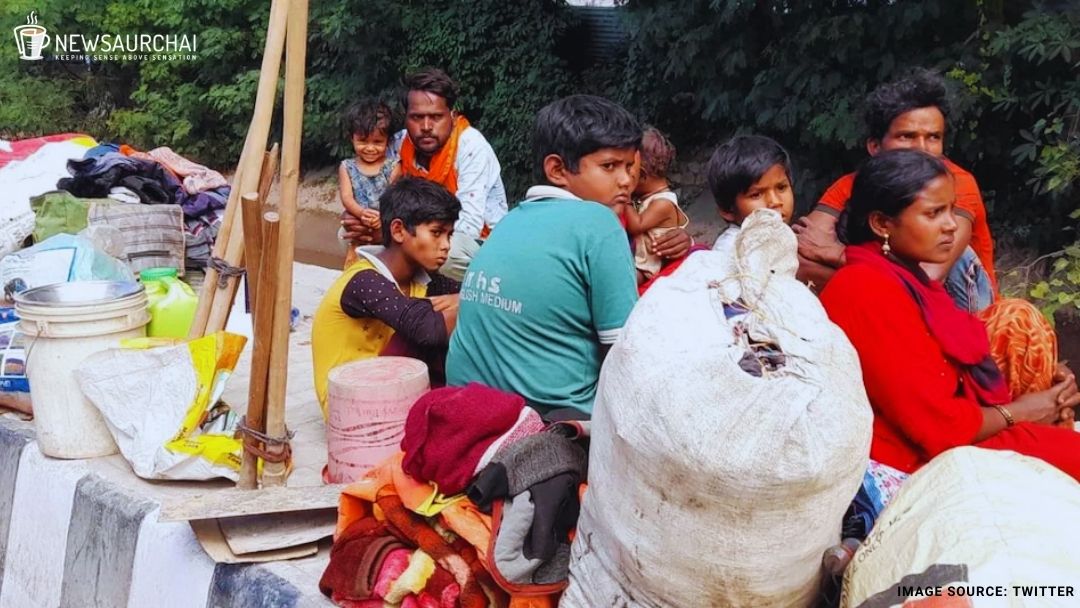
Since March, the second wave of the Covid-19 pandemic has viciously spread throughout the country, with cases rising again. The second wave came rapidly and broke all records of the pandemic set last year. Daily cases are at an all-time high. Since April 7 2021, the country has reported more than one lakh (1,00,000) daily cases. Each coming day is setting a new record of positive cases. On April 19 2021, the country added 2,59,167 cases. The second wave also broke the record for the highest daily death toll due to the pandemic. It reported 1,761 deaths on April 19.
On April 12, India overtook Brazil to become the second-most Covid-19 affected country in the world. Many states in the country have already announced a wide range of lockdown restrictions that are just shy of a complete lockdown. The second wave has brought the country’s Healthcare Infrastructure to a breaking point. Social media is flooded with harrowing stories of patients waiting for days to find a hospital bed. Finding a hospital bed also does not ensure that patients get access to Oxygen. Social Media has also become a platform where people reach out for help as the system fails to reach those in need.
In this article, we look at what led to the current woes of the healthcare system in the country. Read ahead to find out.
Lack of Hospital Beds
Patients who have tested positive for the virus find it challenging to find hospital beds in their city as there is an acute shortage. In many cities, patients have to wait for days on end for one hospital bed. Even before the pandemic, India had an acute shortage of hospital beds. The country had about 0.5 beds for 100 people against the global average of 2.9 beds. The shortage has been so severe that the Indian Railways had to turn its empty train coaches into Covid-19 wards at the pandemic’s beginning last year.
During the second wave, more people are getting tested due to paranoia. The mutation of new variants of the virus, which are more transmissible, has also led to a sharp increase in cases. This excess load on labs testing Covid-19 samples has increased the turn around time to 2 to 3 days, preventing quick isolation of positive patients.
During the first wave last year, many exceptional covid hospitals were erected and run by respective state governments. These dealt with the acute shortage of beds but were closed as cases reduced gradually and demands fell. Now that the cases are at an all-time high, and the number of beds is alarmingly low due to the absence of such exceptional covid hospitals, it will take some more time to get such facilities running again. Even if 15% of the patients who have tested positive require hospitalization in Maharashtra, hospitals won’t cope with the demand. There is an acute shortage of beds in Uttar Pradesh, Bihar, Gujarat, and NCR Delhi.
Shortage of Oxygen Cylinders
As the second wave worsened and hospitalizations increased, the demand for Oxygen also soared. Maharashtra has reported a severe shortage of Oxygen, and demand has gone beyond its daily production capacity of 1,250 tonnes. The Delhi government has also said that it is facing an acute shortage of Oxygen. The Indian Government has banned the supply of Oxygen for industrial use and restricted it to only nine industries. The Indian Railways has also started transporting Oxygen across the country.
The central Government put the onus of oxygen shortage on the states. Commerce Minister Piyush Goyal asked the states to keep their oxygen demand under control. When the pandemic began last year, it was clear that Oxygen would be a life-saving necessity in the coming days. India would have had to ramp up its production quickly to meet the demand. However, it took the Government eight months to float tenders for bidders to set up Pressure Swing Adsorption Oxygen Plants in 150 district hospitals across the country in October 2020. Even as April 2021 approached, the health ministry said that 59 such plants would be installed in the country by the month-end. Most of the installed plants are not even functional.
One of the other reasons India faces an oxygen shortage, even after multiple players pitching in, is that it doesn’t have enough cryogenic tankers to transport Oxygen round the clock. It is taking almost a week to transport Oxygen from manufacturing plants to hospitals.
Shortage of Ramdevsir, Tocilizumab and other critical drugs Remdesvir is an injectable antiviral drug used to treat severe and specific cases of coronavirus infection. India’s Drug Controller approved it for emergency use in June 2020, and since then, there has been a surge in its demand. However, it is interesting to note that the WHO says the drug has little to no effect on mortality. It should also be noted that Remdesvir, and other drugs like Tocilizumab, are effective only in some instances and should be used only after a doctor prescribes them.
The pandemic induced paranoia meant that the drug was flying off from shelves rapidly, and there have been reports of its black marketing. The demand increased so much that the Government banned the exports of the drug and its Active Pharmaceutical Ingredients (API). India also exported close to 11 lakh Remdisvir injections in the last few months, which led to a shortage in the country. Manufacturers had also cut back on their production since demand fell during December-February. Some even had to destroy stocks of expired drugs as these come with a limited shelf life.
Vaccine Shortage
It is ironic that India, the world’s largest vaccine manufacturer, is going through a vaccine shortage right now. States do not have enough vaccines, and some even had to suspend vaccination drives for a few days until they have replenished their stocks.
While India has the manufacturing capacity, vaccine producers say they are working overstretched to meet its huge demand. The manufacture of vaccines is also hampered due to the USA’s temporary ban on exporting raw materials required for vaccine production and similar restrictions around vaccine production in Europe. Vaccine producers and even the Government are saying that they are trying to diversify imports and use homegrown materials to reduce US imports. This will, however, take some months to accomplish.
There is, however, friction between the state governments and the central governments. The centre has maintained that there is no shortage of vaccines, and they are being supplied to states in a timely manner. The centre refuted the states’ claims and said that the states have a problem with planning. The Government has also approved the import of vaccines. It said it would fast-track the emergency approval of vaccines approved by the WHO or authorities in the USA, UK, Europe and Japan. This move will ensure more vaccines are available for the population, but it will take a few months for foreign vaccines to be readily available. The country’s phase three of the vaccination drive is yet to be seen amid such vaccine shortages.
India is in dire straits right now. The second wave is sweeping across the country and crippling our health infrastructure. Vaccines are our safe bet, but until you are vaccinated, stay inside and stay safe.






One Comment